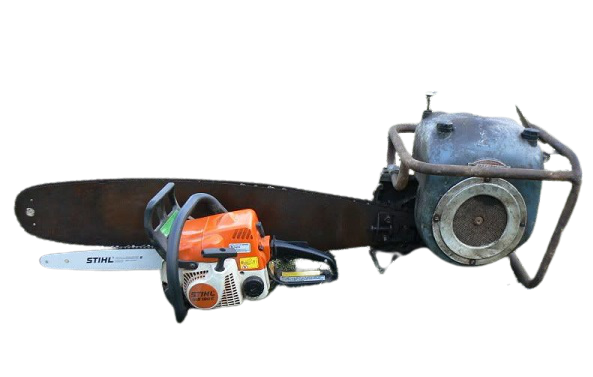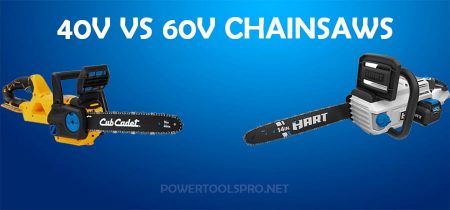
You must either be a Honda fan or you must rely on Honda for just about everything. But how come Honda doesn’t build chainsaws? The power tools industry offers a variety of chainsaws ranging from small electric models to giant gas-powered models suitable for heavy-duty jobs such as cutting off broken branches from trees, and removing trees that threaten roofs. The purpose of this article is to consider whether Honda really builds chainsaws.
However, before we get to that, let’s talk a little about chainsaws.

The evolution of chainsaws: New versus old
Who is the inventor of the chainsaw? The chainsaw may have been invented in the late 18th century by physicist Robert P. McCulloch, but this technology has existed for thousands of years prior to his invention. John Aitken and James Jeffray produced a prototype chainsaw in 1850 that demonstrated how to cut diseased bones by using a chainsaw.

The new models of chainsaws have been designed with better ergonomics in mind, run quieter and have less vibration, and are more user-friendly in terms of chain tensioning. The chain brake mechanism has been improved.
Does Honda make a 4 stroke chainsaw?
Honda seems to be exclusively focused on 4-stroke gasoline engines. However, Honda hasn’t yet come up with a chainsaw with 4 strokes. So we can conclude that Honda doesn’t manufacture 2 or 4-stroke chainsaws.
Honda has built an attachment (pole saw) for their 4-cycle trimmer a power tool with multi-system attachment. The GX35 Mini 4-Stroke engine manufactured by Honda is used for lawns & gardens due to its efficient, quiet performance. This engine is commonly used by professional gardeners and groundskeepers.
There is, unfortunately, no focus on the 4 stroke chainsaw production from Honda at the moment, but perhaps one day that will change.
What is a 4-stroke engine?
String trimmers, chainsaws, lawn tractors, and other larger gears such as lawn mowers are examples of power tools with 4-stroke. During a 2-stroke cycle, the induction, compression, ignition, combustion, and exhaustion process is completed with only two piston strokes, whereas the process for 4-stroke cycles requires four piston strokes.
Should you warm up a chainsaw?
An electric chainsaw differs significantly from a gas chainsaw in some aspects. Gas chainsaws are capable of delivering more power to the blade than electric chainsaws.
The process applies to both electric and gasoline chainsaws, but the operation will be different if your chainsaw is electric. Because of their small size, gas chainsaw engines should warm up very quickly due to the fact that their size dictates that they will do this very quickly.
When you start the engine for the first time, it will run for a short period after starting. This allows the oil to warm up and lubricate the moving parts of the engine. An electric chainsaw, on the other hand, does not require warming up.
Conclusion:
Most likely you have found your answer to why Honda does not build chainsaws. We hope they will start producing them soon. It is imperative that your machine remains in excellent working condition throughout the winter, whether you are in the lumber business, need firewood to heat your home, or simply need firewood for warmth.
Frequently Asked Questions
Does a chainsaw work with an engine?
Basically, a chainsaw consists of two main parts: the chainsaw blade attached to the chain, and the engine, which is usually a gas engine with one cylinder or an electric motor with a cord or battery.
What engines do chainsaws use?
These days most gas machines, such as chainsaws, have two-stroke engines due to their fewer moving parts and better efficiency.
Are there 4-stroke chainsaws?
Four-stroke chainsaws are also available, though these are larger models for commercial logging use.



